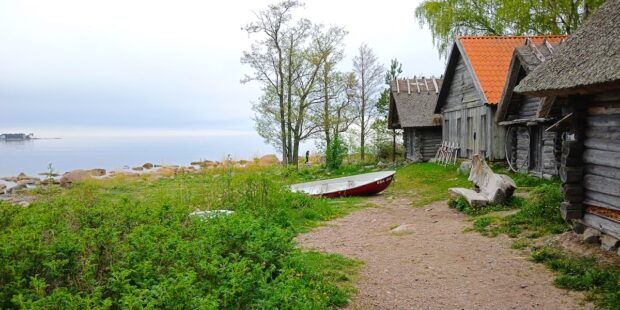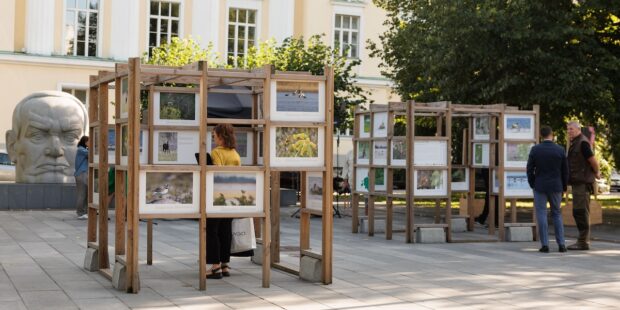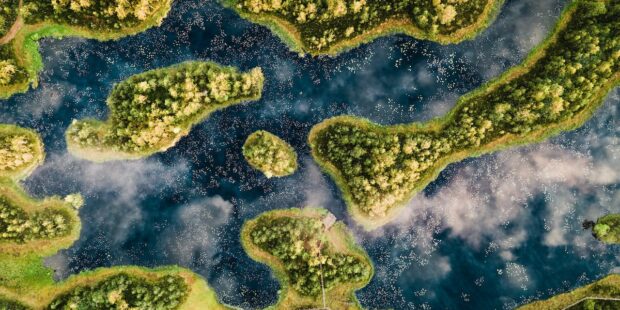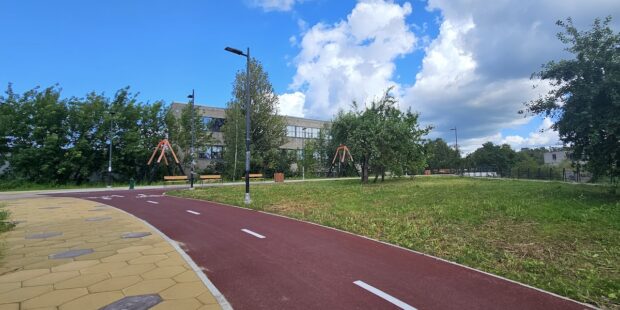The biggest, highest, longest and oldest natural wonders in Estonia
Text Mikko Virta Photos Mikko Virta, Sven Začek, Andrei Chertkov
 Peipsi Lake is like a sea. There are wide open spaces as far as the eye can see. Estonia's longest sandy beach, which starts at Kauksi, is a popular Summer holiday destination.
Peipsi Lake is like a sea. There are wide open spaces as far as the eye can see. Estonia's longest sandy beach, which starts at Kauksi, is a popular Summer holiday destination.
The oldest tree – Tamme-Lauri Oak
The oldest tree in Estonia, and also the largest in circumference, is the Tamme-Lauri Oak in Urviste, in southern Estonia. The oak tree is 700 years old, and has seen many wars and upheavals from the Middle Ages to the present day. The tree has a circumference of eight metres.
The giant tree has given rise to many beliefs. According to legend, the tree takes its name from Laurits, the god of fire, who lived inside it. The tree was also depicted on Estonia’s 10 kroon banknote.
Estonia’s tallest trees are in Ootsipalu in the province of Põlva, where the height of the tallest pine is 46.6 metres and spruce 48.6 metres. Since the spruce dried out a few years ago, the title of tallest tree is now held by the pine tree in Ootsipalu. The estimated age of the giants is two hundred years old.
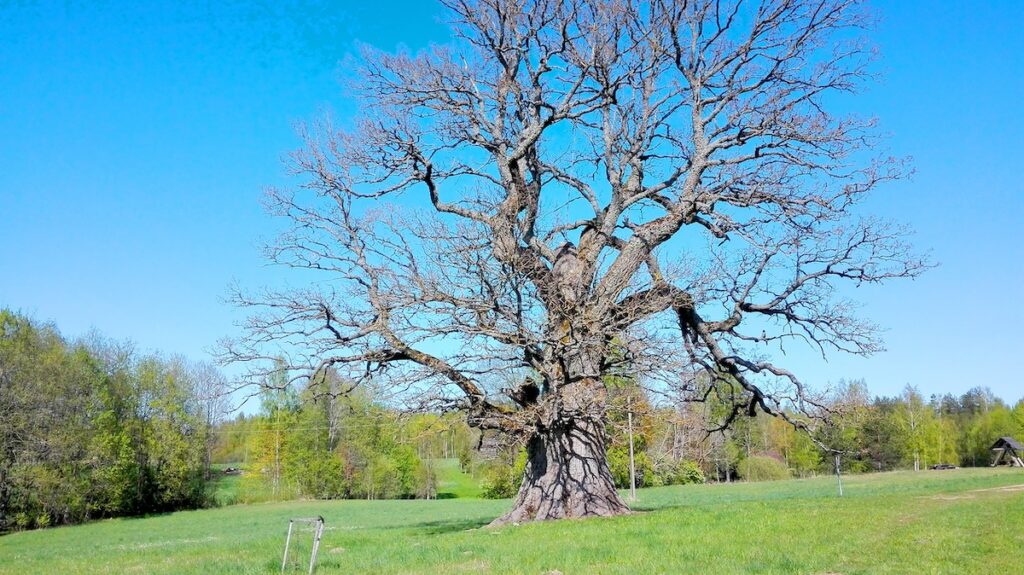
The longest river – Võhandu
The Võhandu, flowing in southern Estonia, is the longest river in Estonia. Winding over 160 kilometres through hilly terrain, the river flows into Lake Lämmijärv in the southern part of Peipsi Lake. The long river is a popular paddling destination, hosting the popular Võhandu Marathon every spring, which attracts thousands of paddlers.
Long rivers can be found elsewhere in the country. The Pärnu River is Estonia’s second longest at 145 km and is also a popular kayaking destination.
The Narva River, which flows between Estonia and Russia, is the largest in the country. Its flow is several times higher than that of any other river in Estonia.
The highest hill – Suur Munamägi
To anyone, the whole of Estonia may seem as flat as a pancake. And it is indeed flat in the western and northern parts of the country. But there are real hills in Estonia. The country’s highest peak is in the Haanja region of southern Estonia, where the Suur Munamägi mountain rises more than 300 metres above sea level. The Haanja Nature Park is a hilly area with plenty of hills and deep valleys. High hills can also be found in the Otepää and Karula areas.
Although the north-eastern part of Estonia is otherwise flat, dark hills rise up like small fells in Ida-Virumaa. These hills are the result of oil shale extraction. The highest of these is in Kohtla-Järve, where the top of the mound rises more than 160 metres above sea level.
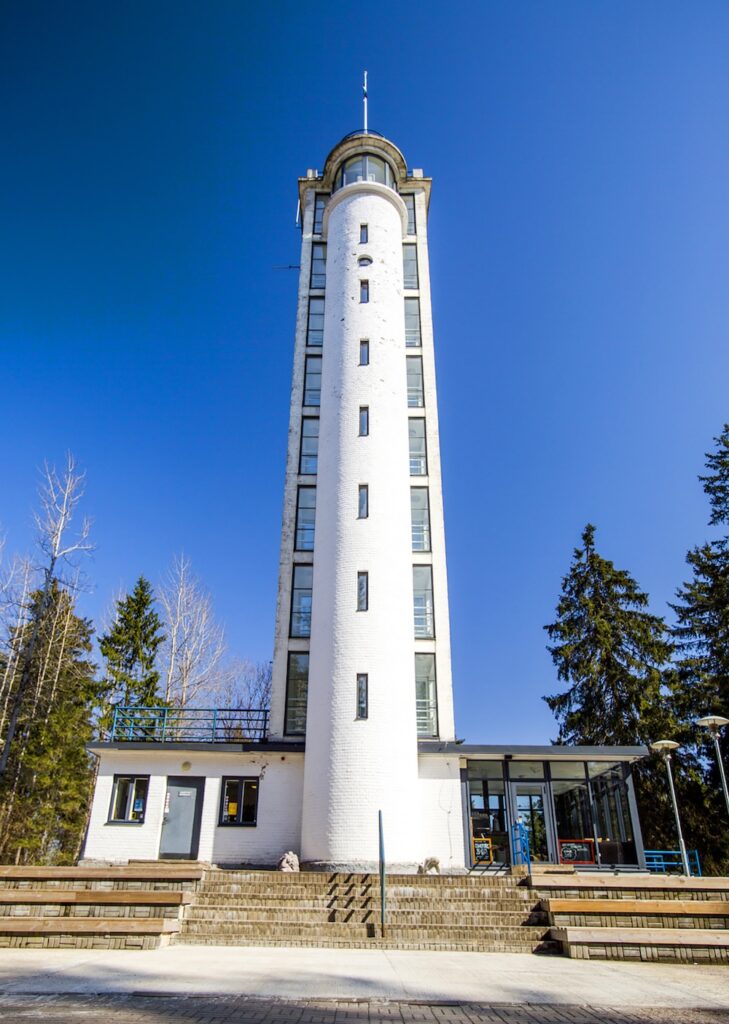
The largest lake – Lake Peipsi
There is no doubt that Estonia’s largest lake is Peipsi Lake. The mighty Peipsi Lake starts in the north in Eida-Virumaa and continues south to Setomaa. The lake is over 150 kilometres long and at its widest 47 kilometres. Europe’s fifth largest lake, it covers an area of 3 555 square kilometres. The lake consists of three parts: Lake Peipsi, Lake Lämmijärv (also known as Kuumajärv) and Lake Pihkva in the south. The lake is located between Estonia and Russia, making it also an EU border lake. Peipsi Lake is a popular holiday destination with a variety of natural and cultural attractions along its shores.
The longest sandy beach
Estonia’s longest sandy beach is located on the northern shore of Peipsi Lake, with a continuous stretch of sand over 30 kilometres long. Starting in the Kauksi region, the beach continues all the way to the eastern border of Estonia, to Vasknarva. The sand dunes of Smolnitsa are part of the Alutaguse National Park. The long beach is popular with holidaymakers in the summer. As a result there is a wide range of services for tourists in the summer months in Kauksi, for example.
Estonia’s highest and widest waterfalls
Estonia’s highest waterfall is Valaste Falls in eastern Estonia. The height of the waterfall is about 30 metres. Valaste is formed at the mouth of a drainage channel in fields, so it is not a natural waterfall. Nevertheless, Valaste is a spectacular sight, especially when there is plenty of water. The cascading waterfall can be admired from the safety of the steps leading down the steep slope.
The widest waterfall in Estonia is Jägala, east of Tallinn. Known as Estonia’s Niagara Falls, it is up to 60 metres wide at its best. The third famous waterfall is Keila-Joa Waterfall, west of Tallinn. All three waterfalls are popular natural attractions, visited by tens of thousands of people every year.
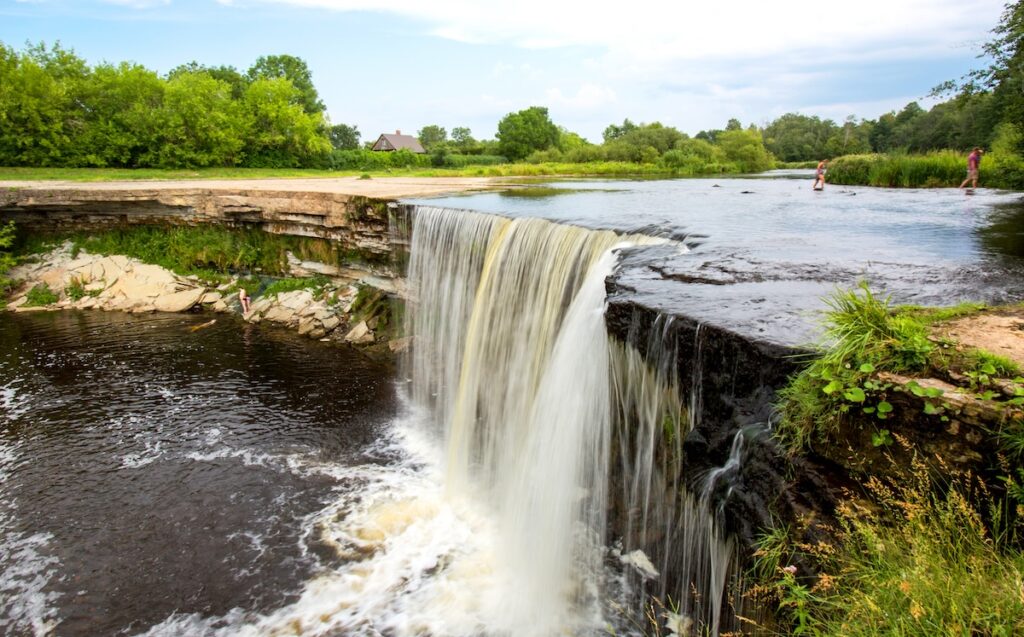
The most spectacular coastal cliffs
Estonia’s highest coastal cliff is Ontika in eastern Estonia, which rises to around 55 metres above sea level. The views from the edge of the cliff to the Gulf of Finland are stunning. The single escarpment continues from Saka to Ontika for about 20 kilometres. The North Estonia coastal escarpment is part of the 1 200 km long Baltic Klint, which starts at Öland in Sweden and continues to Ladoga. The North Estonia Escarpment has been proposed for inscription on the UNESCO World Heritage List. There are also fine coastal cliffs west of Tallinn in Paldiski and in Saaremaa in the Panga area.
To learn more about this and similar topicsKauksi Keila-Joa Peipsi Lake Suur Munamägi Tamme-Lauri Oak Valaste Võhandu

